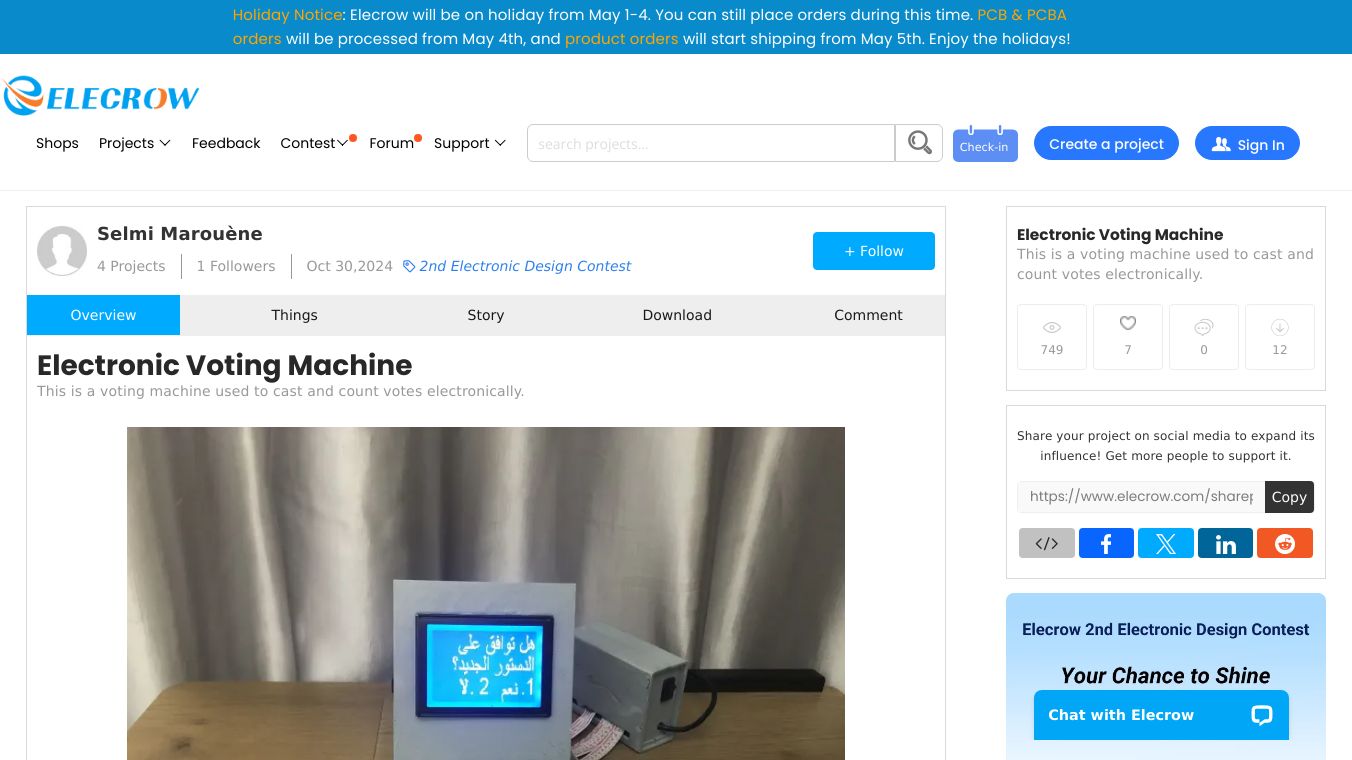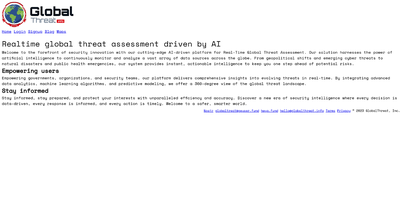Electronic Voting Machine

Electronic Voting Machines EVMs have changed how elections happen. They bring efficiency, accuracy, and transparency. This article talks about EVMs, their benefits, limits, and how they compare to old paper voting systems.
Benefits
EVMs have several big pluses:
- Accuracy: EVMs cut down on mistakes that can happen when people count paper ballots by hand. This makes the vote counting more reliable.
- Speed: EVMs give results faster than hand counting. This makes elections more efficient.
- Fewer Invalid Votes: EVMs have features that help voters and stop them from casting multiple or bad votes.
- Cost Savings: EVMs cost a lot at first, but they save money over time. They cut down on the need for printing, moving, and storing paper ballots.
- Better Use of Resources: EVMs need less manual work for counting. This lets election officials use their resources better.
- Transparency: EVMs make the voting process clear. They usually have a screen that shows the chosen candidate or party before the vote is cast.
- Accessibility: EVMs can be made to fit different needs. For example, they can have audio help for visually impaired voters or easy-to-use interfaces for those with limited skills.
- Good for the Environment: EVMs use less paper and ink. This means less cutting down of trees and less waste from printing millions of ballot papers.
Use Cases
EVMs are used in many types of elections, like national, regional, and local ones. They can be used in different places, from cities to far-off regions. This makes voting easier and more efficient. EVMs are especially good for big elections where hand counting would take too long and have too many mistakes.
Limitations
Even with their pluses, EVMs have some limits:
- Technical Complexity: EVMs need experts to run and fix them. This can be hard in places with little technology.
- Malfunctions: EVMs can have technical problems, like hardware or software errors. These can affect the voting process.
- Security Risks: EVMs can be hacked or tampered with. Safeguards like encryption and seals help reduce these risks.
- Lack of Trust: Some people worry about the accuracy and security of EVMs. This can make them doubt the election results.
- Hard to Audit: EVMs often do not have good ways for checking and verifying results. This makes it hard to do thorough checks after elections.
- Cost and Upkeep: EVMs cost a lot to buy and fix. This can be hard for countries with little money or many elections.
- Software Security: EVMs use software to work. The security and transparency of this software are important for keeping the voting process honest. Secret software and limited access to the code can make it hard to check and verify things.
Comparison: Electronic Voting vs. Paper Voting
- Accessibility and Convenience: E-voting systems are usually more accessible, especially for people with disabilities. Remote voting can help those who cannot go to polling places. Traditional methods also have accessible options, like mail-in ballots and easy polling places, but they may not be as convenient.
- Accuracy and Verification: E-voting systems are usually more accurate if they are well-designed. But, worries about cybersecurity can make people doubt the results. Paper ballots give a clear record that can be checked and verified, reducing confusion.
- Speed of Results: EVMs can report results almost right away. This lets for quick announcements and fast governance. Counting paper ballots can take a long time, often delaying results until all places have reported.
- Security: EVMs have modern encryption and security measures, but the risk of cyber threats is still there. Paper ballots are less likely to be hacked but can be tampered with, lost, or misplaced.
- Environmental Impact: EVMs use less paper, which is good for the environment. E-voting cuts down on waste and helps sustainability. Traditional voting uses a lot of paper, which can hurt the environment, like cutting down trees and making waste from ballot materials.
Conclusion
EVMs have made the voting process more efficient, accurate, and transparent. But, it is important to address worries about security, transparency, and voter trust. Strong security measures, regular checks, and keeping things clear in the software and hardware parts of EVMs are key to keeping the voting process honest and credible. A mix of electronic and paper voting systems might work best. This way, the security and checkability of paper ballots can go with the efficiency and accessibility of electronic voting.
As we look ahead, talking and making progress in electronic voting will be important for keeping electoral systems honest around the world. Getting everyone involved from policymakers to voters is key in handling the complexities of voting technology while keeping the main ideas of democracy strong.






Comments
Please log in to post a comment.